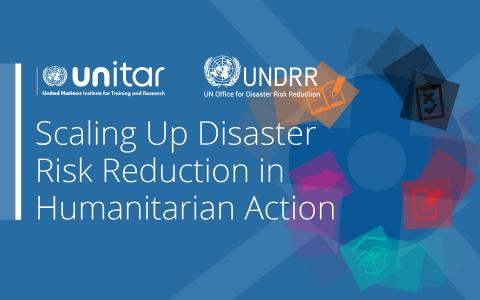Conducting risk analysis during strategic planning excercises a) expands humanitarian focus from acute and urgent needs to chronic vulnerabilities and exposure to future risks, stress, and shocks, and b) helps integrate reduction of extreme vulnerability into planning to facilitate recovery, and therefore aims at preventing new and reducing existing risk, all of which contributes decrese future risks and strengthening community resilience. Managing the negativ effects of a crisis through humanitarian assistance and peacekeeping is costly. In the Pathway for Peace study, the UN and World Bank produced a business case to show that conflict prevention, besides saving millions of lives, is also economically beneficial: preventing outbreaks of violence would create net saving close to USD 5 billion per year. Similarly, a study commissioned by USAID looking at Ethiopia, Kenya, and Somalia, Economics of Resilience to Drought, quantified the savings from earlier response: investing in more proactive responses to avert humanitarian crises could reduce the cost to international donors by 30%, as well as also protecting billions of dollars of income and assets for those most affected.
This training is designed to assist relevant actors in adopting a risk-sensitive approach when preparing Humanitarian Needs Overviews (HNOs) and subsequent Humanitarian Response Plans (HRPs) as part of the Humanitarian Programme Cycle (HPC). It outlines key steps for analysing potential hazards and their risk levels, determining how humanitarian situations might evolve over a given period of time, and informing contingency planning, preparedness, measures, and early actions ahead of possible developments to reduce risk. It also helps to ensure strategies and programs are sufficiently robust to withstand changes in the operational environment.
This is a self-pased, interactive course that takesapprocimately 10 hours to complete.
It presents analysis and insights to address, amongst others, the following questions:
- What are the fundamentals of DRR in humanitarian and crisis settings?
- How to operationalise DRR frameworks and address inter-connected and systemic risks?
- How to advance DRR across Humanitarian-Development-Peace (HDP) collaboration context? How do we build principled, equitable, gender-responsive, human rights-based, and conflict-sensitive aproaches to DRR?
- How can we integrate DRR into the Humanitarian Programme Cycle (HPC)? What are the enableres of DRR and HPC integration?
Further information can be found here.
This course will be in English.


